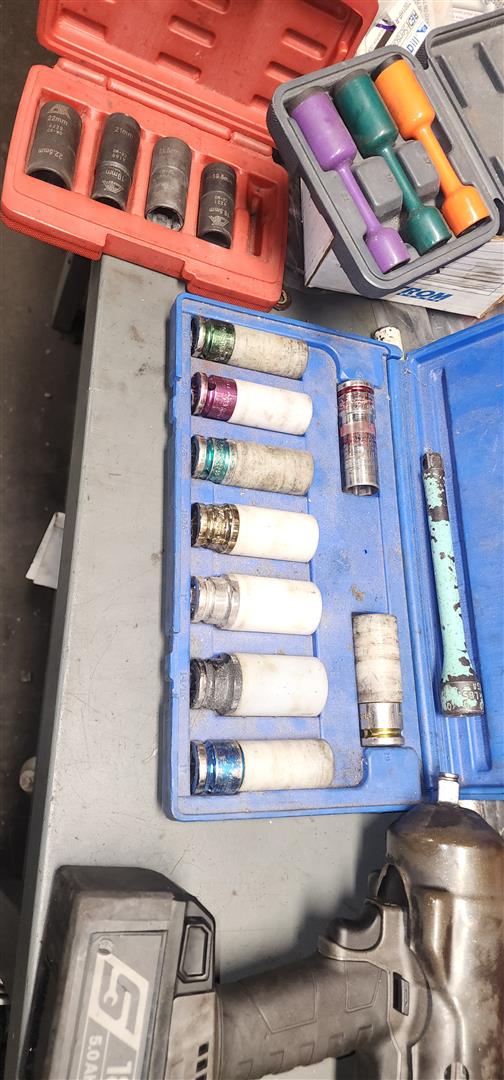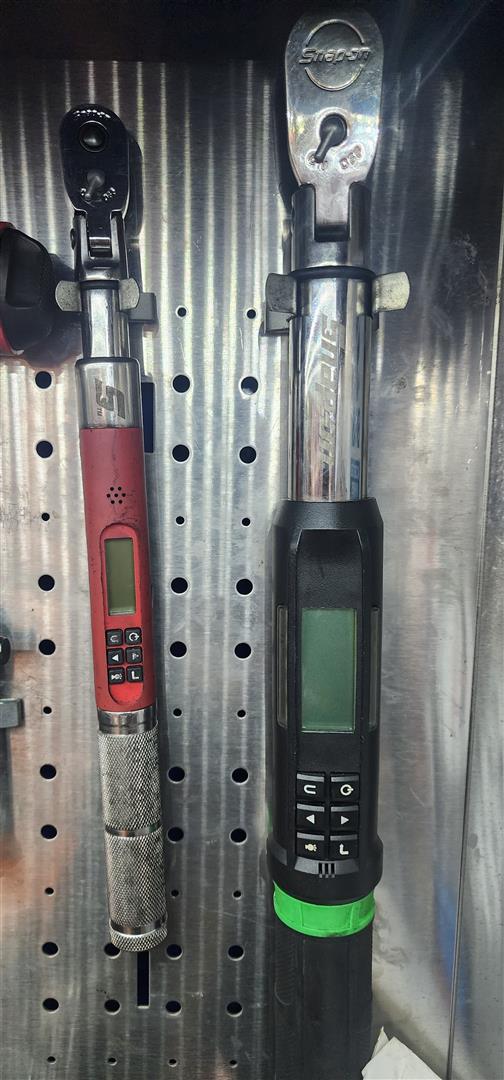Torque specifications and sequence are important on vehicles because they ensure that the fasteners are tightened in the correct order and to the correct amount of force. This is important for a number of reasons, including:
To prevent loose or overtightened fasteners. Loose fasteners can vibrate loose and cause damage to the vehicle, while overtightened fasteners can damage the threads or even break the fastener.
To ensure proper alignment and function of components. Many components on a vehicle, such as the wheels, brakes, and suspension, rely on proper alignment and function. If the fasteners are not tightened in the correct sequence, these components may not be aligned properly, which can lead to premature wear, vibration, or even failure.
To ensure safety. Loose or overtightened fasteners can pose a safety hazard. For example, a loose wheel can come off the vehicle while driving, while an overtightened lug nut can cause the wheel studs to break.
Here are some of the consequences of not following torque sequence and specifications:
Loose fasteners can vibrate loose and cause damage to the vehicle. For example, loose lug nuts can cause the wheel to wobble, which can damage the wheel bearings.
Overtightened fasteners can damage the threads or even break the fastener. For example, overtightened lug nuts can damage the wheel studs.
Improper alignment of components can lead to premature wear, vibration, or even failure. For example, if the wheel bearings are not aligned properly, they will wear out prematurely.
Safety hazards can occur if fasteners are not tightened to the correct torque or in the correct sequence. For example, a loose wheel can come off the vehicle while driving, while an overtightened lug nut can cause the wheel studs to break.
It is important to follow the torque specifications and sequence provided by the vehicle manufacturer to ensure the safety and reliability of your vehicle.
Here are some tips for following torque specifications and sequence:
Use a torque wrench. A torque wrench is a tool that measures the amount of force being applied to a fastener. This ensures that the fastener is tightened to the correct torque.
Follow the manufacturer's instructions. The manufacturer's instructions will specify the torque specifications and sequence for all of the fasteners on the vehicle.
Tighten the fasteners in the correct order. The order in which the fasteners are tightened is important for ensuring proper alignment and function of the components.
Do not overtighten the fasteners. Overtightening the fasteners can damage the threads or even break the fastener.
By following these tips, you can help to ensure that the fasteners on your vehicle are tightened to the correct torque and sequence, which will help to keep your vehicle safe and reliable.


